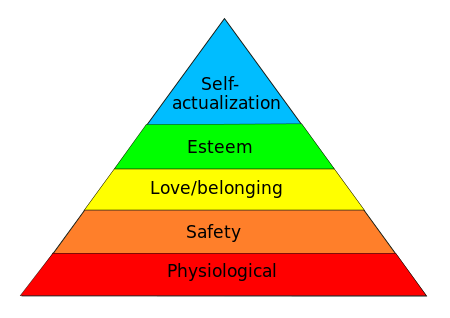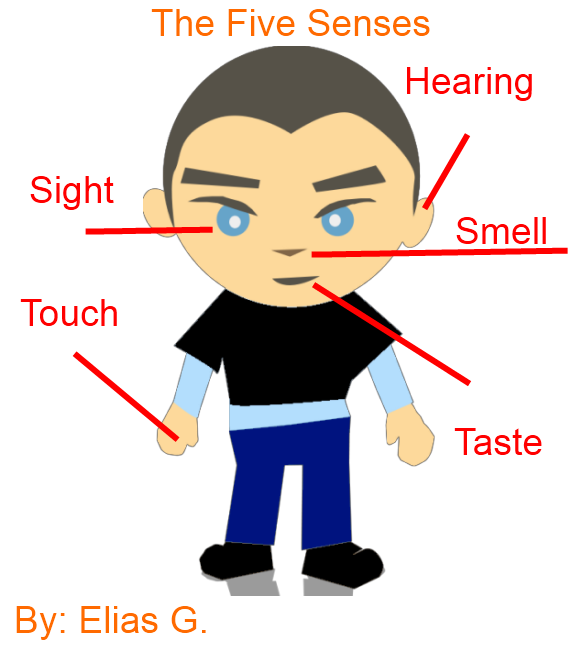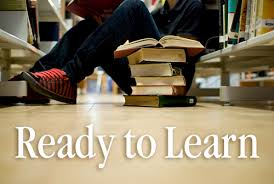10 January 2022
Perceptions can be a way of understanding or interpreting something as it relates to other people or the environment where an action is taking place. On occasion we call the factors relating to something the context.
When a person uses their ability to perceive, either from previous experiences or some other form of intuition, it may influence how they interact or coach students. Coaches interact with students based on their own basic needs, or when they are more self aware and truly interested in the student, coaches will consider the same of their students.
by using the students five senses, goals and values, self-concept, orientation, motivation, previous experiences, and readiness to learn it helps a coach to recognize a good way to be student centered. As a rider education coach, it becomes necessary to not only have excellent perceptive skills but also understand how others perceive us as coaches, to ensure a proper learning transaction is taking place. The perception skill is important in rider education when identifying hazards while students learn how to ride. For this article, though, we will be covering it as a human factor in conjunction with the core adult learning principles as discussed by Knowles, Holton, and Swanson (2015).
As previously discussed in Part X of the series, Maslow’s (1970) Hierarchy of Needs can be a road map for understanding our students and people we interact with. Basic needs help everyone maintain their core self to preserve their what they perceive as wellbeing. All perceptions are affected by these needs, whether it be the coach or the student. Basic needs can help to form perceptual barriers that protect an individual from uncomfortable feelings and internal psychological threats. When the student-teacher transaction is in its infancy, it then becomes necessary to assist learning by assisting students to develop better perceptions despite naturally in-grained defense mechanisms. If the student feels defensive, a coach must perceive the resistance or denial and work through or around the barriers to teach effectively.
Perception of a student’s abilities to potentially ride a motorcycle relates to at least three of the five senses. To engage in the activity of riding a student should be able to see, hear, touch/feel, and on occasion smell and taste can also be helpful. Students who have a distortion of the major three could have difficulties in learning to ride. An excellent example would be a student that could not balance the motorcycle. Immediately upon lifting their feet up, the student would start leaning to the left and be unable to keep upright. There was a disconnect between her vision and proprioceptive system that also showed during the use on a bicycle and a full motion motorcycle simulator. Whenever a student displays a deficit of this nature (ensuring it is not a perceived deficit) it becomes necessary to counsel the student on the issue to alleviate the possibilities of injury to the individual or others. We must also consider the loss of a sense not a complete barrier to riding. Quite often we are able to over-come barriers as we often do use sign language as a tool to train deaf or hearing impaired students.
Everyone is different, just like everyone else! People assemble every experience and sensation of their past as input for individual belief and value systems, coloring perceptions of how they look at every situation differently or the same. Perceptions rely on one’s goals and values. Every instruction given during rider education can be interpreted differently using a student’s personal goals and values, so it is important to attempt to understand a student’s motivations. By doing so, a coach can begin to predict how a student will interpret the experience. Motivations of intrinsic value, provide a personal payoff for the student which are most cherished and pursued. Disregarded are those motivations with less importance which are usually described as extrinsic (Knowles et al., 2015).
A dominant element of learning is also how students picture their self. This item is referenced as the self-concept of the learner and relates to whether a student is insecure or confident in the topic of pursuit which has a huge influence on the perceptual process and success. Confidence in learning leads to a greater willingness to pursue knowledge, typically in a manner that is self-directed and autonomous to the environment. A student who may feel insecure about learning or have a negative self-image, may inhibit their own learning process by putting up psychological barriers that prevent perception. Even worse, students who have a negative concept may not be able to perceive the value of education, giving little to no effort, completely disregarding the material presented. Learners who have a positive attitude about themselves and tend to be less defensive, tend to gain more from their experiences by consuming the information and demonstrations offered within a course.
A person’s orientation to learning allows for a more accurate perception if the information is presented in a familiar context already known through previous experiences, which helps to solve problems for the learner in the process. The context that relates to previous experiences and possible uses of the information allows the student to situate information in an appropriate place of memory for reuse. Likewise, if the information helps to be solve a problem-centered issue, meaning providing a needed solution, then it is more likely to be remembered for future use. Students required to attend a course with no reason or context will struggle to understand the content; their orientation will be toward the conflict of being forced to do something rather than gaining content information as they walk away from the encounter. It is part of the job of the coach to assist in helping the student perceive the information and reasoning as meaningful.
Motivation to learn is a driving force of student focus that ensures a student sees value in the learning process and a payoff for the effort gained in the attempt. The topic itself could be a complete book on how either positive or negative forces can drive a student’s desire to attend and learn from a rider’s education course. Briefly, though, we have all been in situations where there is little desire for a student to learn because the proposed outcome is not relevant and will not provide intrinsic value in a student’s life RiderCoaches are often in a situation where students are in the course because of a directed regulatory requirements, or the students are there at the request of another person’s desire. Perceiving these situations, and or changing the perception of the students can be the difference between creating a better outcome or someone going through the motions for little gain.
Previous experiences generates mental models of how new information relates to old and provides a link to understanding new ideas. A student that compares material presented in a class and can perceive similarities to experiences already known can also accelerate the learning process and better embed the information. Since most students already have experience driving a car, a coach recognizing difficulties by the student can provide informative links to resources available in the student’s mind to connect the two.
Finally, it is integral in the learning process that a student and the coach have a readiness to learn. Some also call this willingness to learn, which can be the one core adult education principle that sets the stage for learning. Someone who has strict notions about a topic and are not open to new information and knowledge will have difficulty growing beyond their current position. A readiness to learn shows willingness to listen and reflect on information and to analyze the relationships with other related knowledge. If students perceive the material as 1) life-related and 2) a necessary developmental task, adds to the motivation to accept the new data as plausible. Perception is predominantly the difference between students who listen to respond and those who listen to hear. Perhaps even more importantly, coaches who do not have a continual desire to seek new learning from the student can also inhibit growth during the course. Students can perceive coaches without a readiness to learn, which may invoke barriers to the student’s personal development.
Thanks for taking the time to read article! Next time we will discuss some coach characteristics and responsibilities.
References:
Knowles, M. S., Holton, E. F. III, Swanson, R. A. (2015). The adult learner: the definitive classic in adult education and human resource development. New York, NY: Routledge.
Maslow, A (1970). Motivation and personality (2nd ed.). New York: Harper and Row.













